The inspections have been passed. The insurance is in place. The fire extinguishers have been updated. The only detail left is to take a water sample to be tested for bacteria in the well. There has never been any, so I am not overly concerned. The results are back within a few days and then the permit will be issued. The Inn will then be a class III facility. That means that all means, baking, repackaging, freezer meals, canning, pickling, and preserving can be undertaken in the kitchen. This is a step up from our previous license, which was class II, meaning that most of the above could be done, with the exception of reheating anything. For a class II, all foods must be freshly prepared. Now, leftover soup can be frozen and served at a later date. This is all excellent.
The photos will be taken, either tomorrow or the day following. The stationary and business cards are designed and are ready for the pictures. Isn't it great in this day and age that the digital images are instant?
The official opening will be likely November 7th. The signs will be hung this coming week. The carpenter is coming one day next week to finish some loose ends and help hang the blinds and curtains, and the large infrared units, as well as a very large mirror. I cannot do those on my own. Well, I could likely do the curtain rods, only mine are never straight, so it will be nice to have a more precise job.
And then that is it. Moose HIlls Inn will be underway! I cannot wait. How about you?

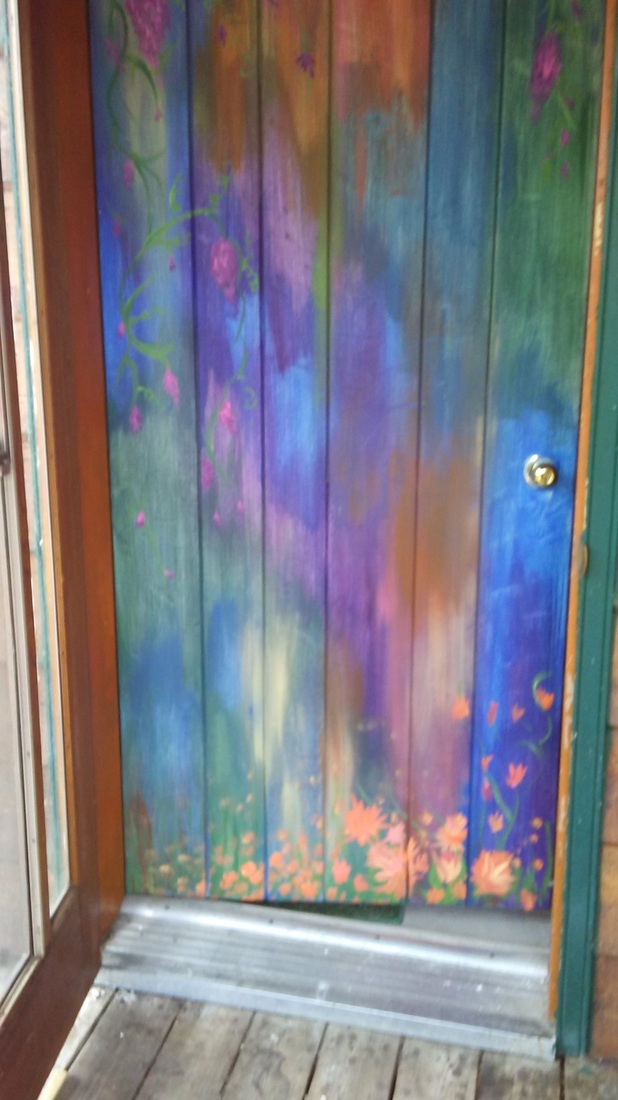
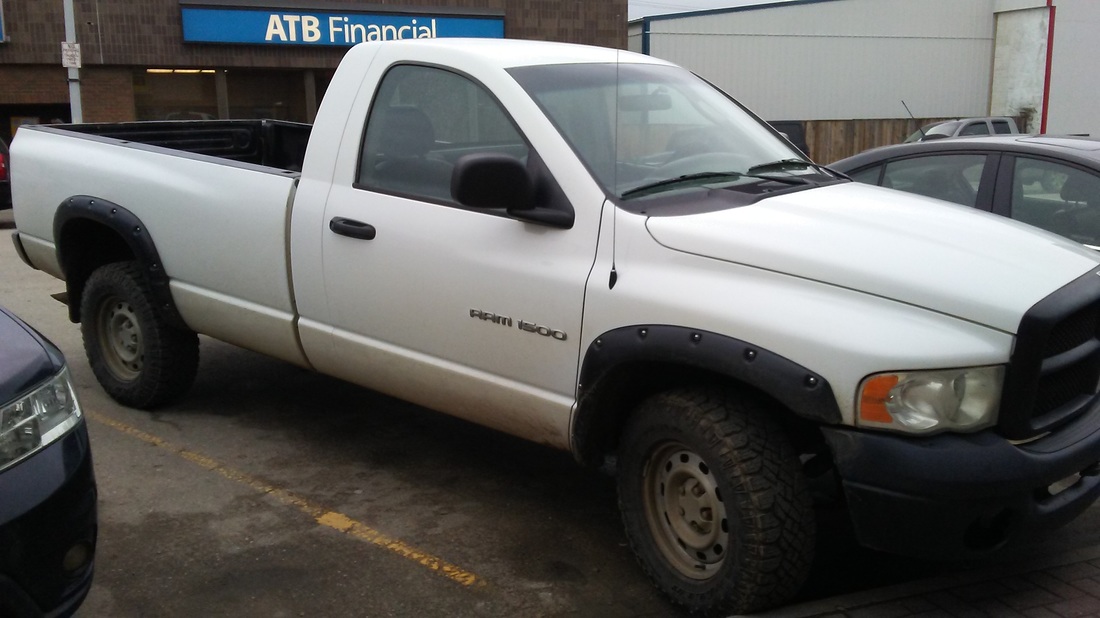
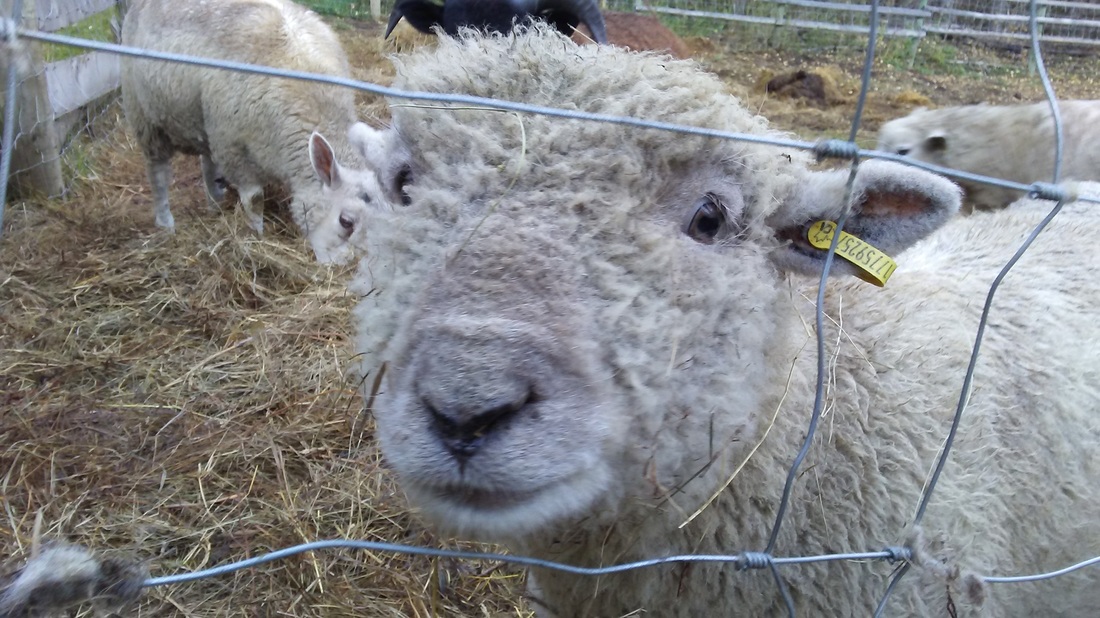
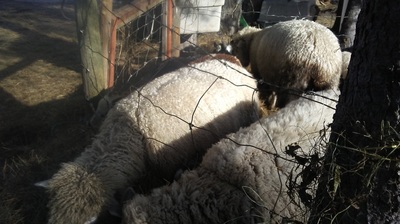

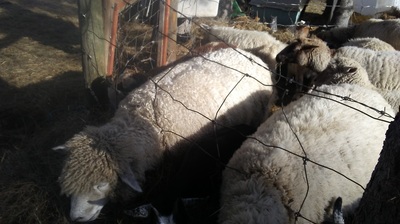
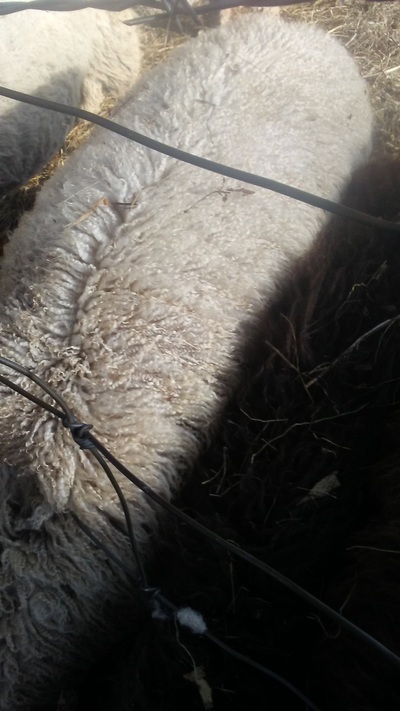
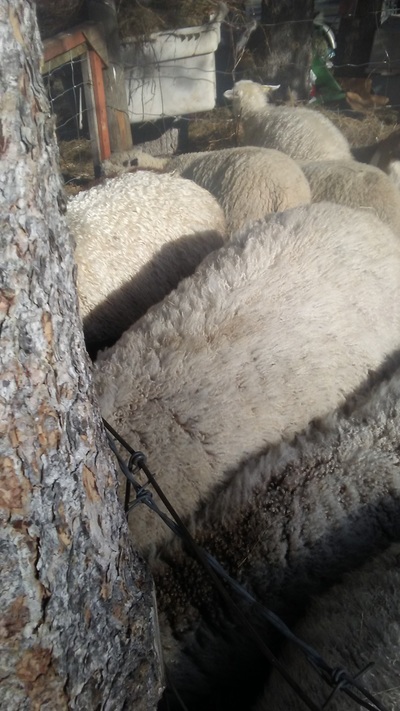
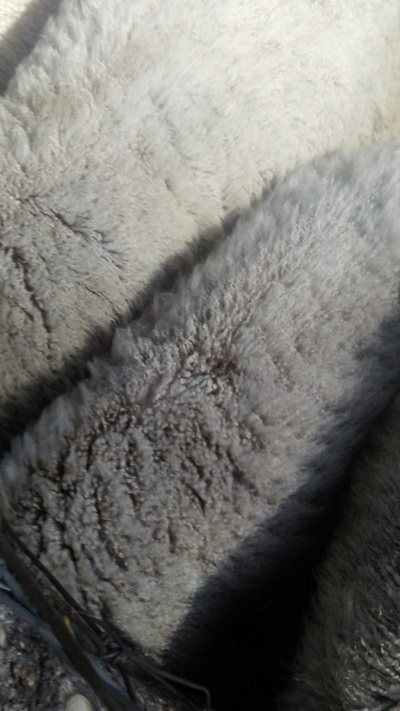

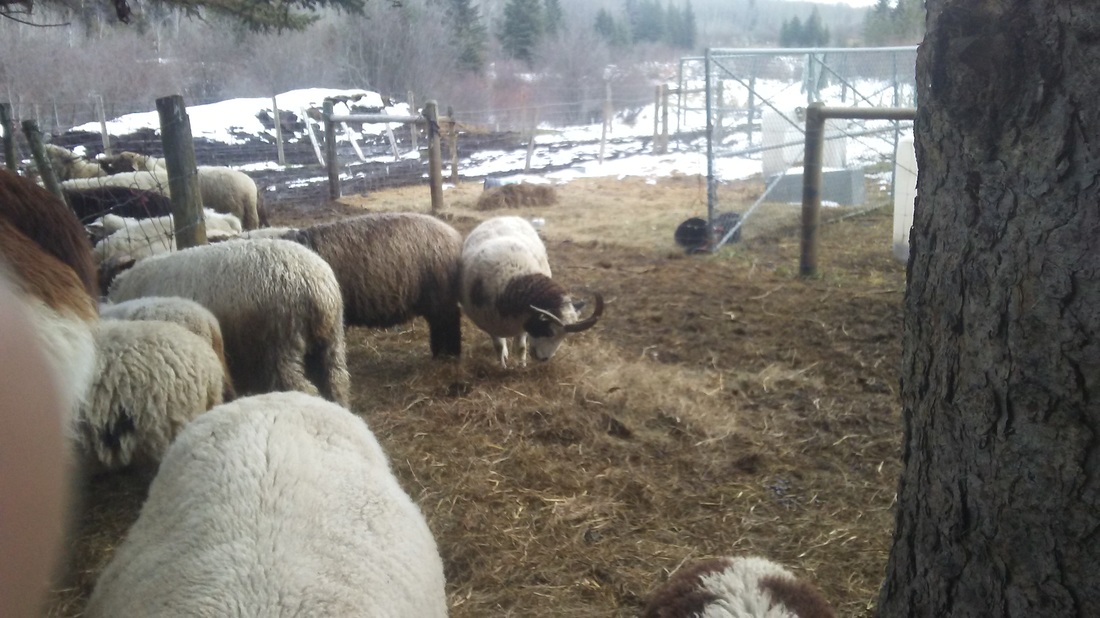

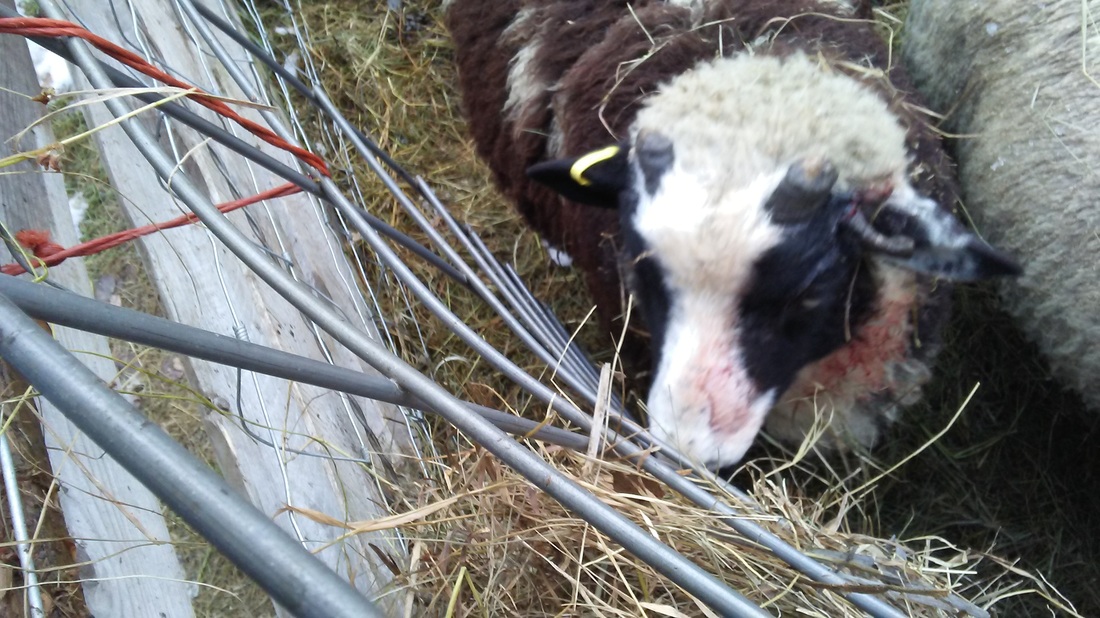
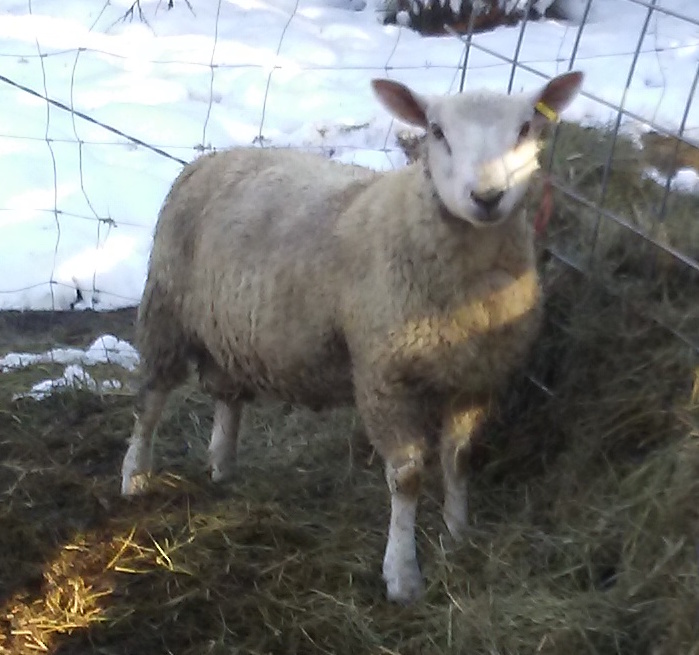
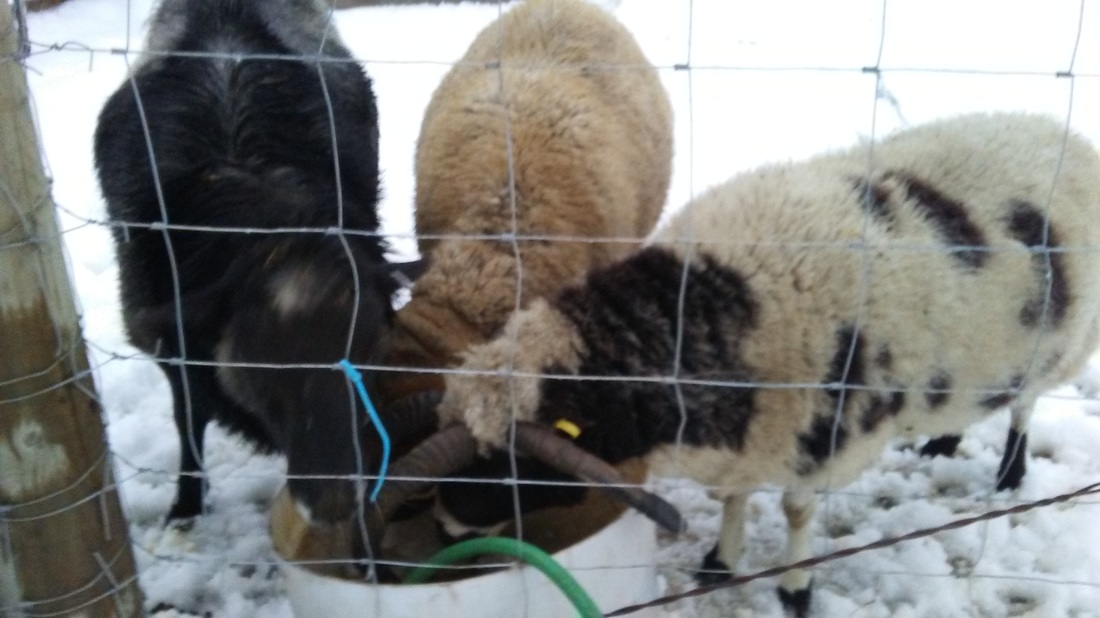
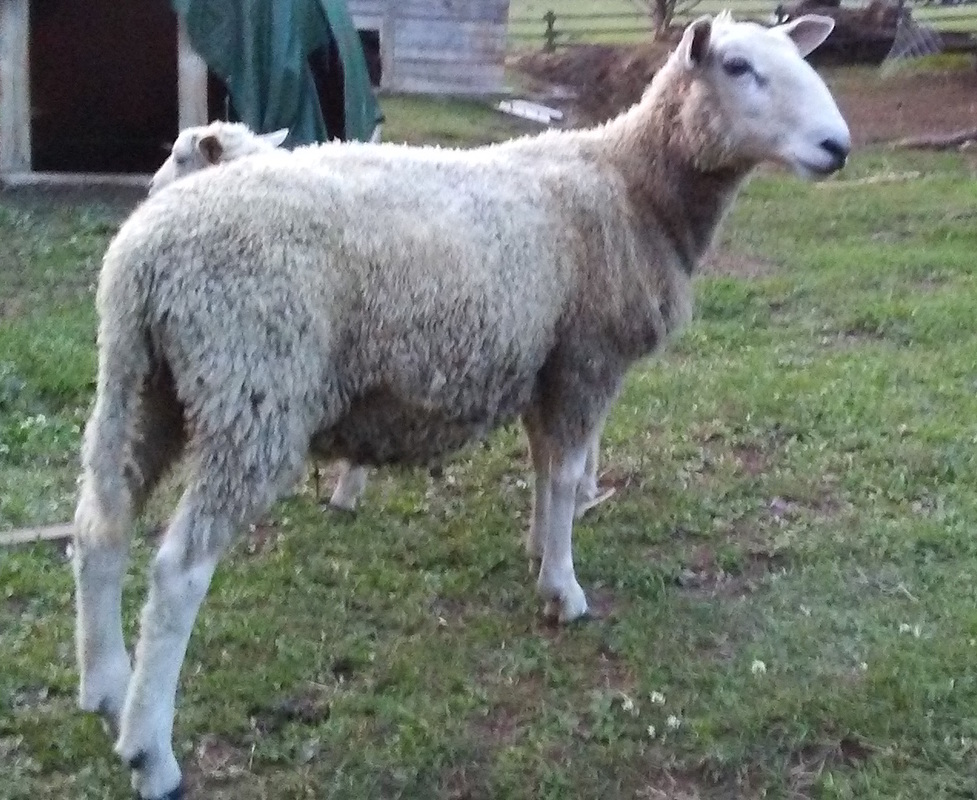
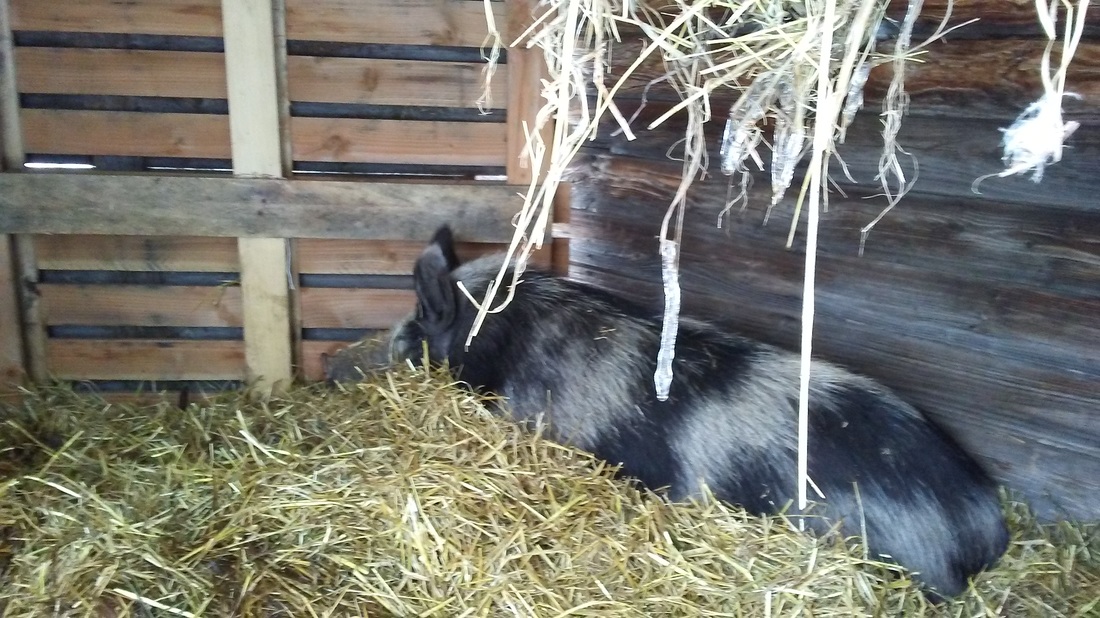
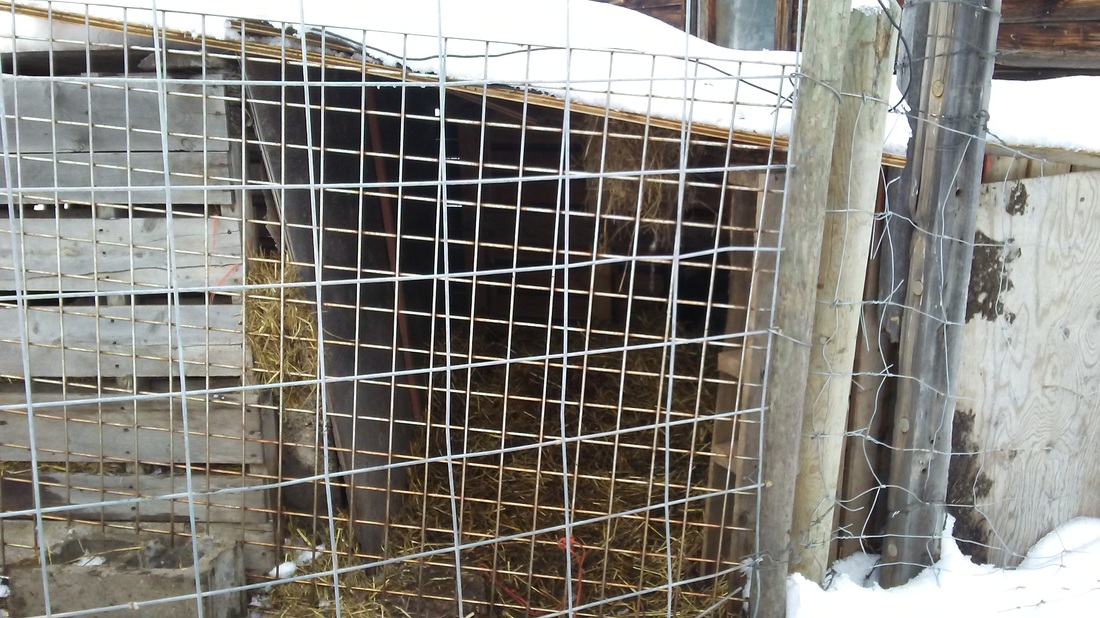
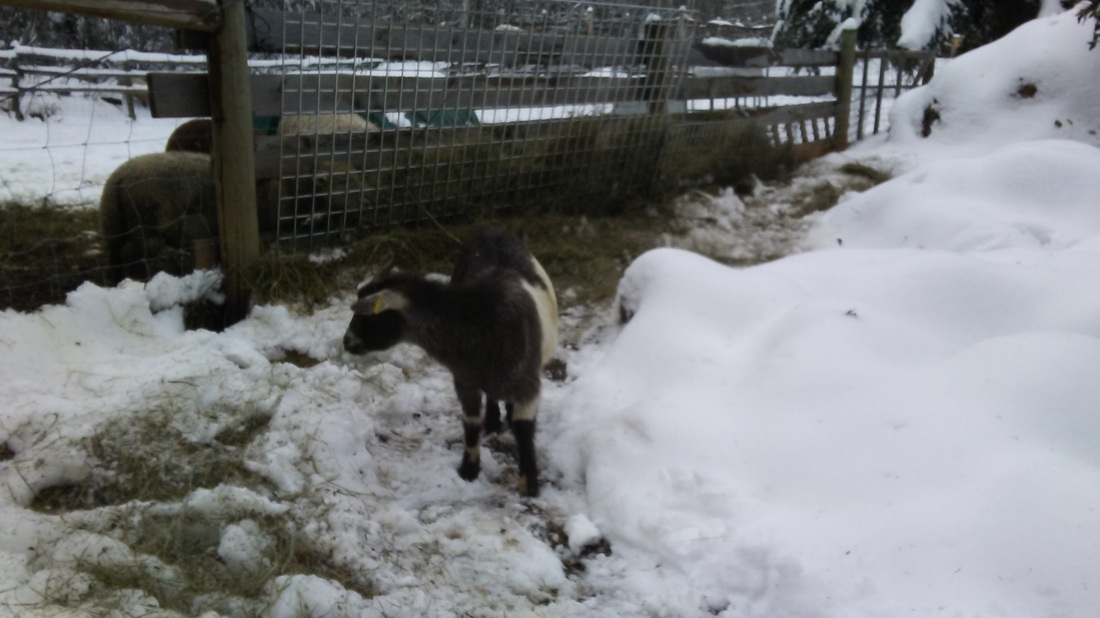
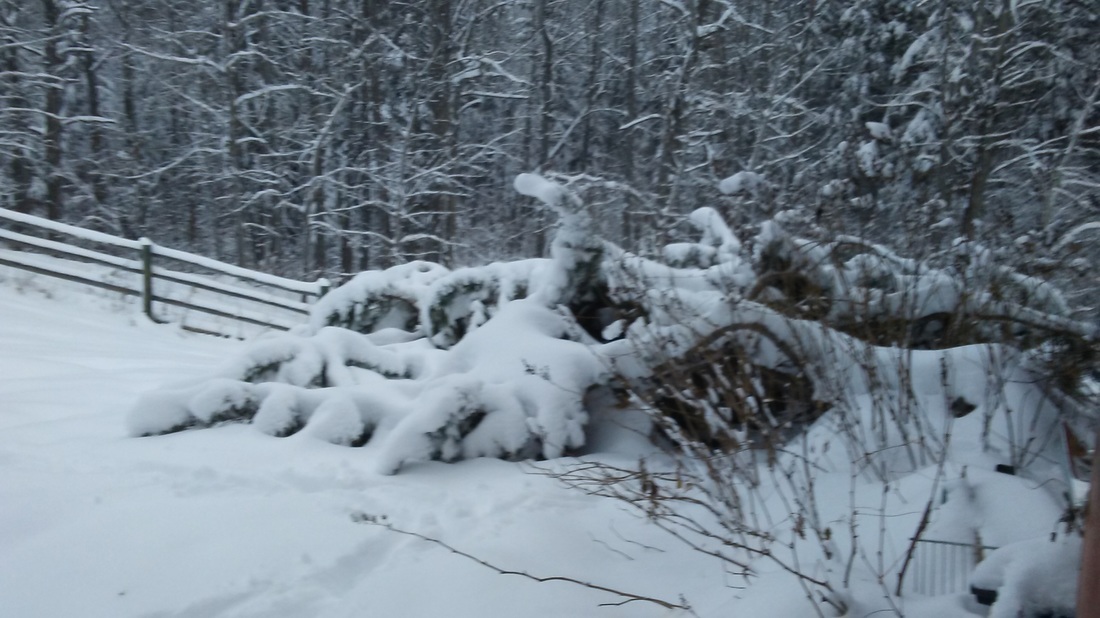
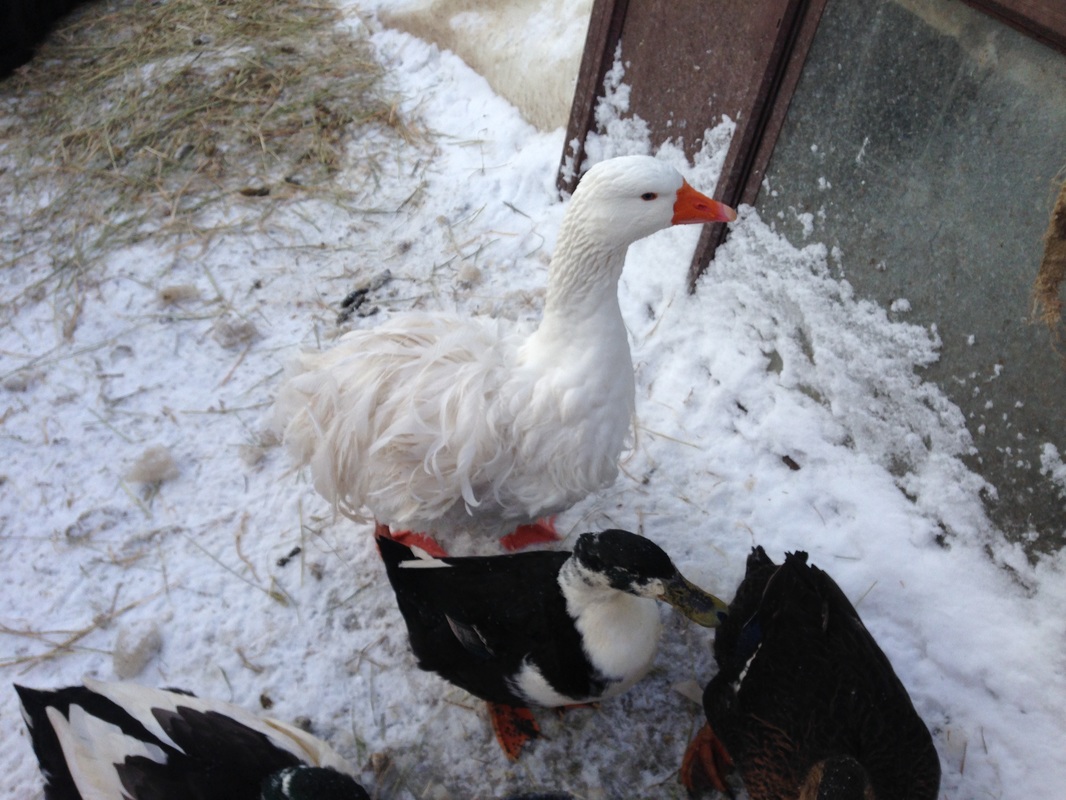
 RSS Feed
RSS Feed